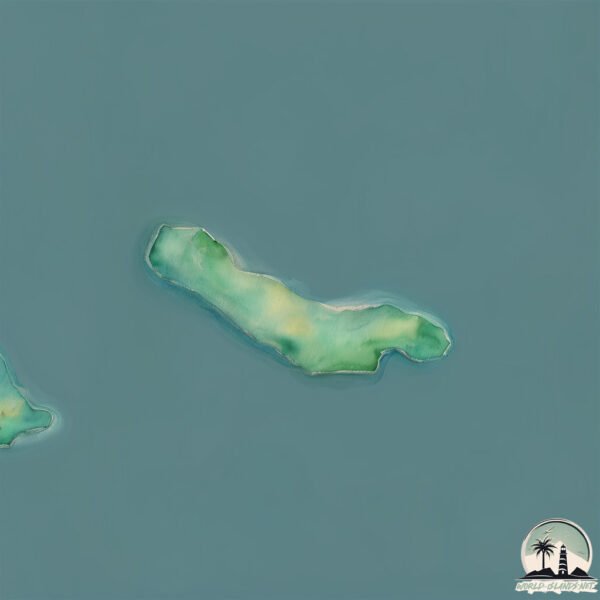Welcome to Frog Island , a Continental island in the North Atlantic Ocean, part of the majestic Atlantic Ocean. This guide offers a comprehensive overview of what makes Frog Island unique – from its geography and climate to its population, infrastructure, and beyond. Dive into the details:
Geography and size of Frog Island
Size: 0.217 km²Coastline: 2.2 kmOcean: Atlantic OceanSea: North Atlantic OceanContinent: North America
Frog Island is a Tiny Island spanning 0.217 km² with a coastline of 2.2 km.
Archipel: –
Tectonic Plate: North America – Covers North America and parts of the Atlantic and Arctic Oceans, characterized by diverse geological features and varying levels of seismic activity.
The geographic heart of the island is pinpointed at these coordinates:
Climate and weather of Frog Island
Climate Zone: ContinentalClimate Details: Warm-Summer Humid Continental ClimateTemperature: Warm Summer
Climate Characteristics: Features warm summers and cold winters with consistent precipitation, common in higher latitudes.
Topography and nature of Frog Island
Timezone: UTC-04:00Timezone places: America/La_PazMax. Elevation: -2 m Mean Elevation: -4 mVegetation: Deciduous Broadleaf ForestTree Coverage: 13%
The mean elevation is -4 m. Remarkably, this unique island barely emerges above the sea level, showcasing nature’s fascinating interplay with the ocean. The island is characterized by Plains: Flat, low-lying lands characterized by a maximum elevation of up to 200 meters. On islands, plains are typically coastal lowlands or central flat areas.
Dominating Vegetation: Deciduous Broadleaf Forest
Vegetation: 1 vegetation zones – Minimal Diversity Island
Infrastructure and Travelling to Frog Island
Does the island have a public airport? no .
Does the island have a major port? no .
The mean population of Frog Island is 39 per km². Frog Island is Gently Populated. The island belongs to Canada .
Continuing your journey, Cape LaHave Island is the next notable island, situated merely km away.
i completed Roblox frog island...
frog island roblox lets you catcdh flies, get frogs, and make unlimited treats. there is also a mini game that almost made me throw ...
i completed Roblox frog island...
frog island roblox lets you catcdh flies, get frogs, and make ...
frog island roblox lets you catcdh flies, get frogs, and make unlimited treats. there is also a mini game that almost made me throw ...
Frog Island 2025 Trailer
cozygames #godot #gamedev #indiedev Wishlist Frog Island on Steam!
cozygames #godot #gamedev #indiedev Wishlist Frog Island on Steam!
10 Things We Wish We Knew Before Starting Time On Frog Island
Here are some of our best tips to help you get started in your life in ...
Here are some of our best tips to help you get started in your life in Time on Frog Island. To read the full article by Meg Pelliccio, ...
Canada is classified as Developed region: G7: Group of Seven – Major advanced economies, including Canada, France, Germany, Italy, Japan, the United Kingdom, and the United States. The level of income is High income: OECD.
News – Latest Updates and Headlines from Frog Island
Stay informed with the most recent news and important headlines from Frog Island. Here’s a roundup of the latest developments.
Loading...
Please note: The data used here has been primarily extracted from satellite readings. Deviations from exact values may occur, particularly regarding the height of elevations and population density. Land area and coastline measurements refer to average values at mean high tide.

